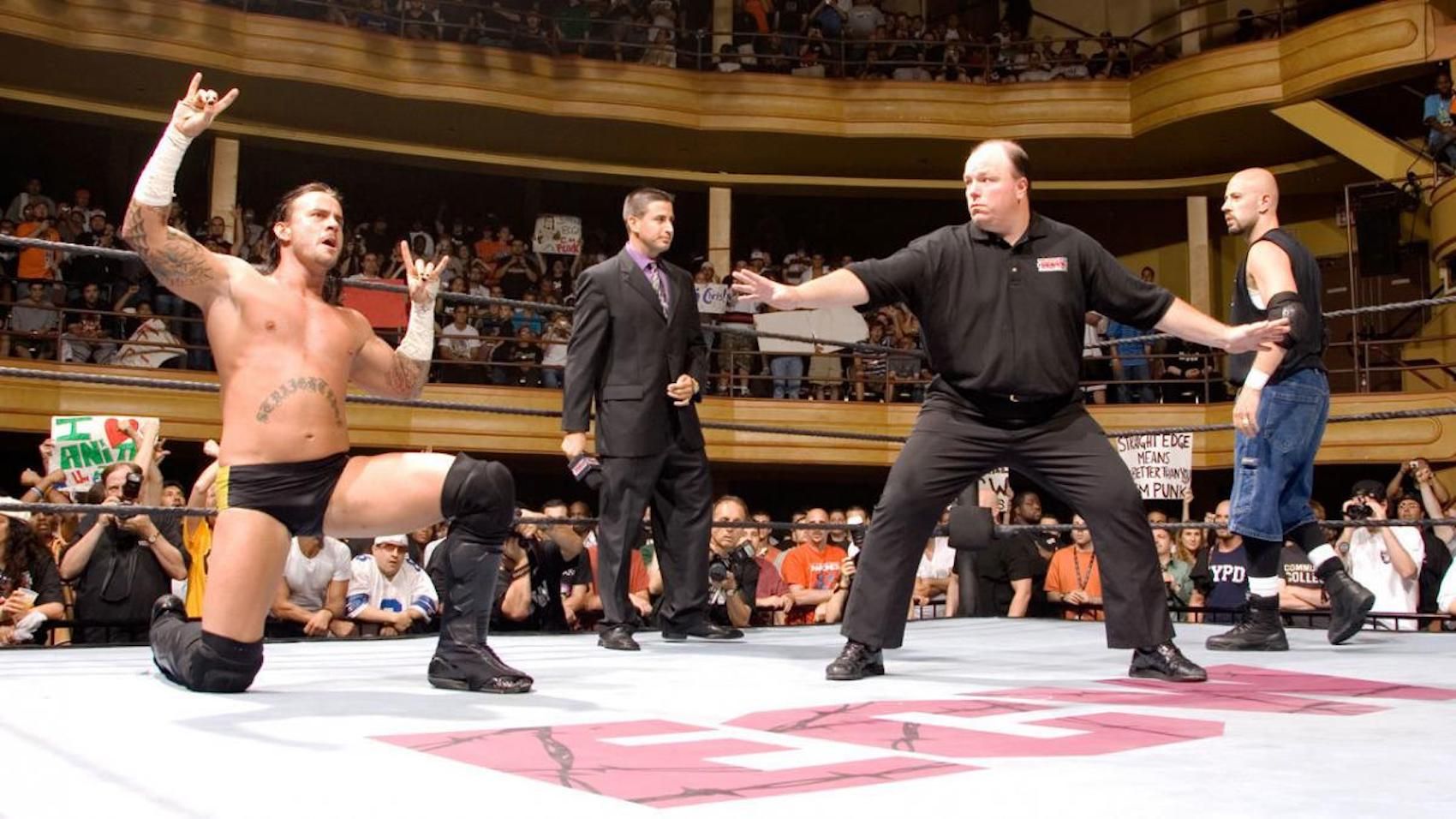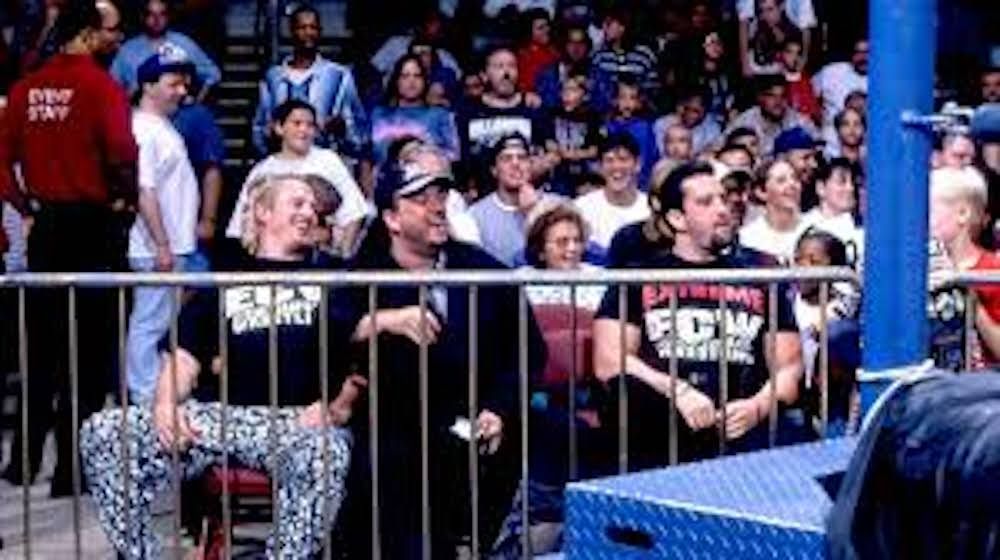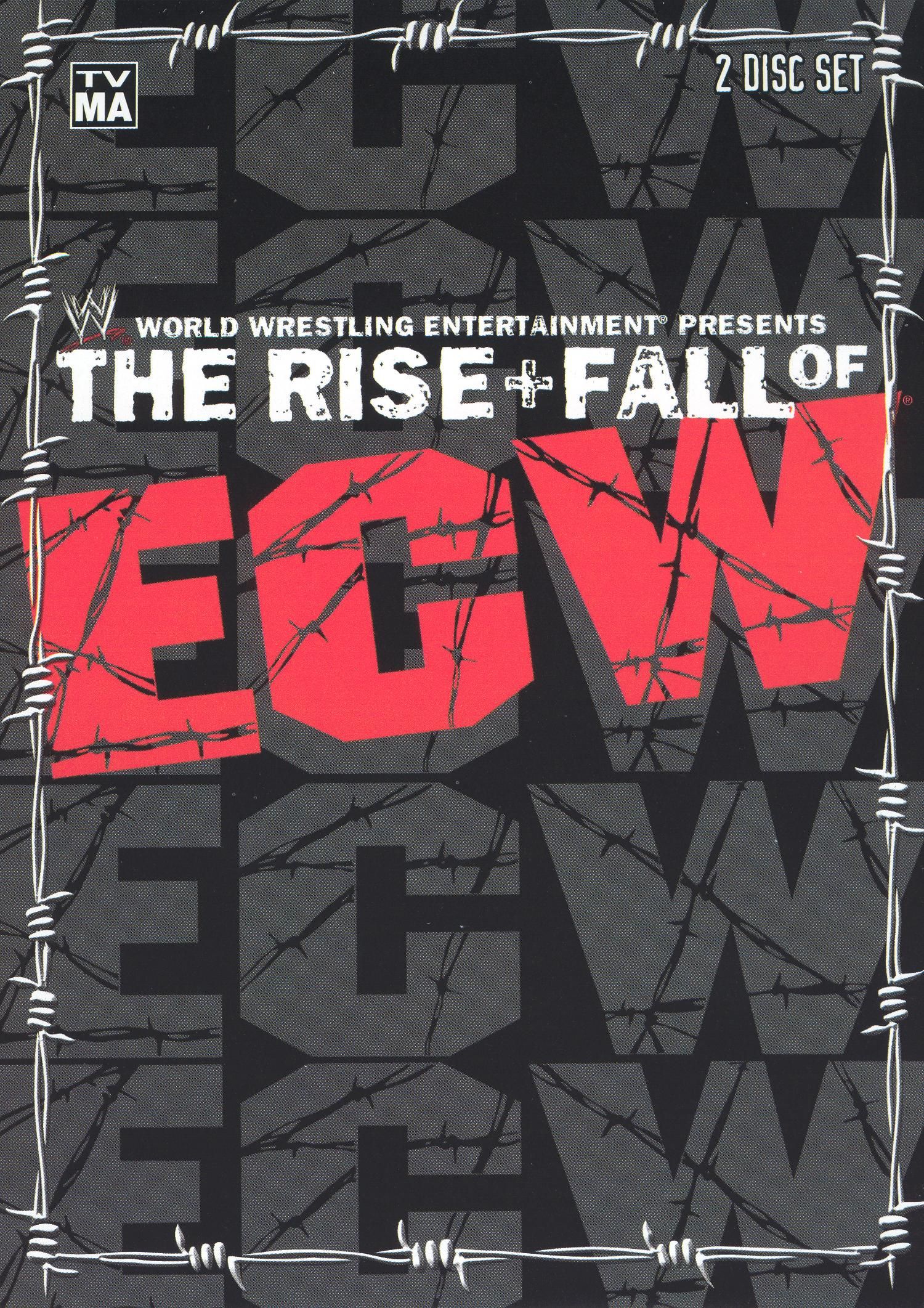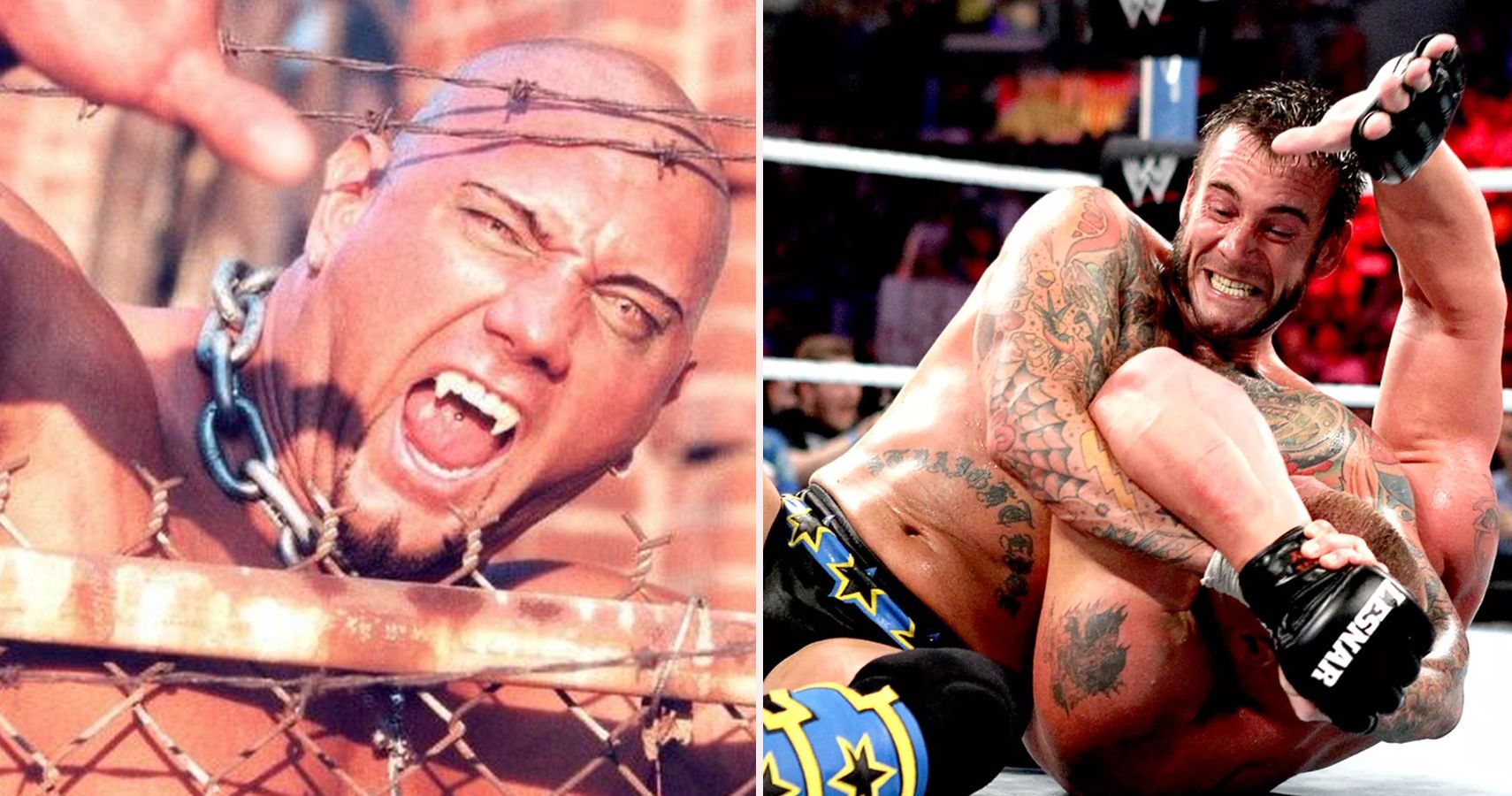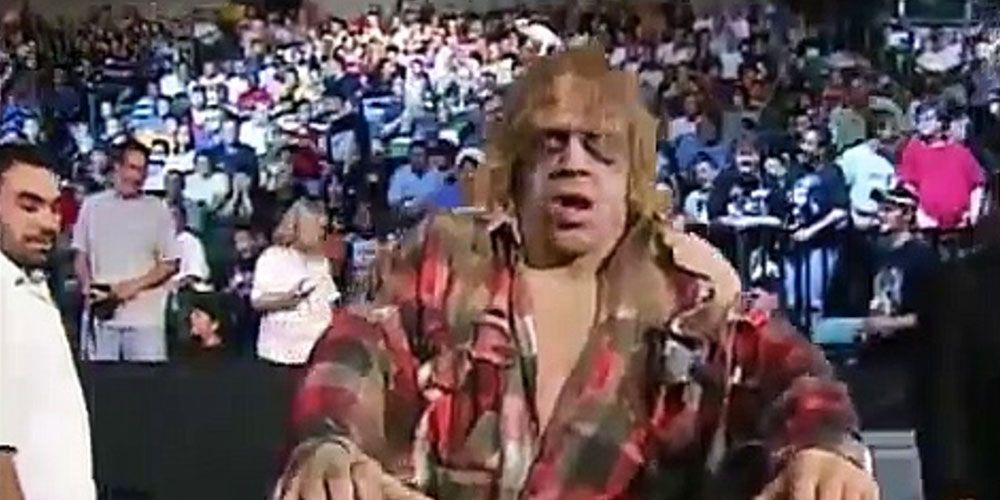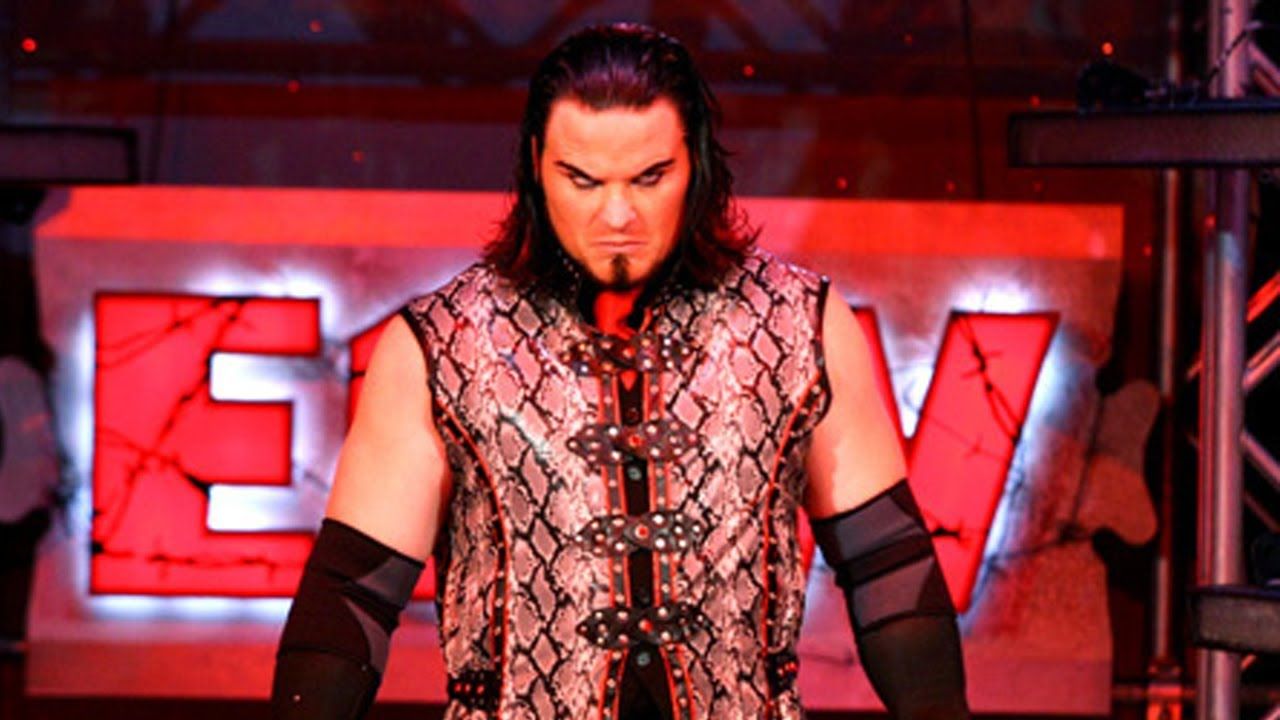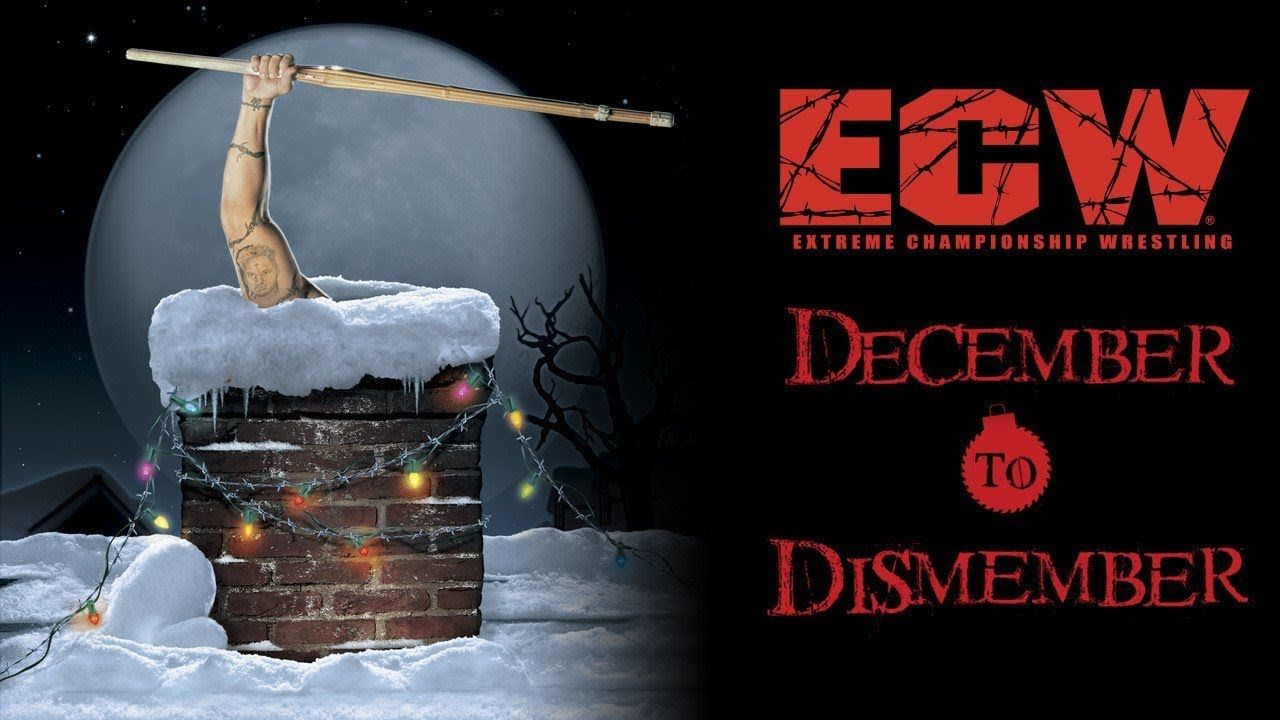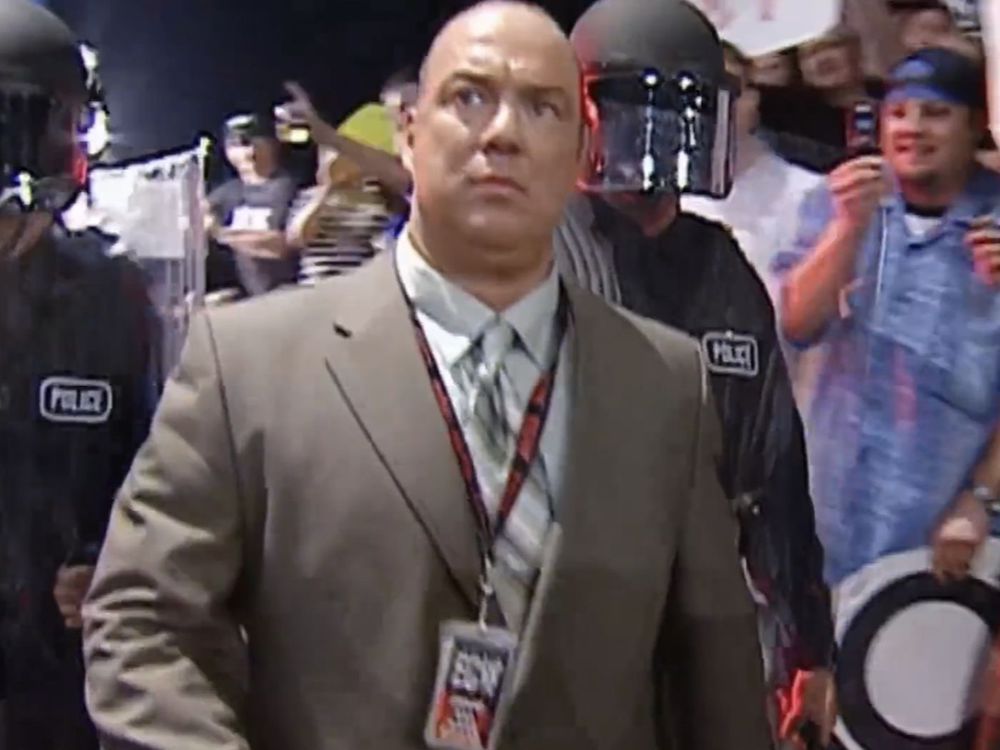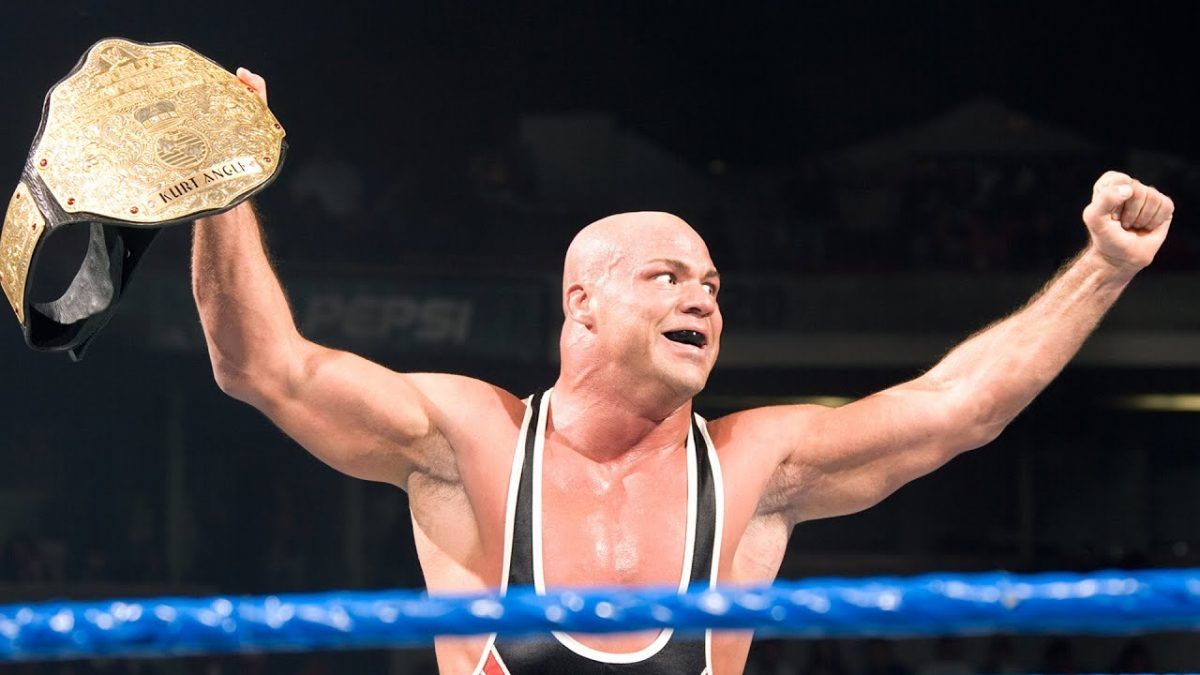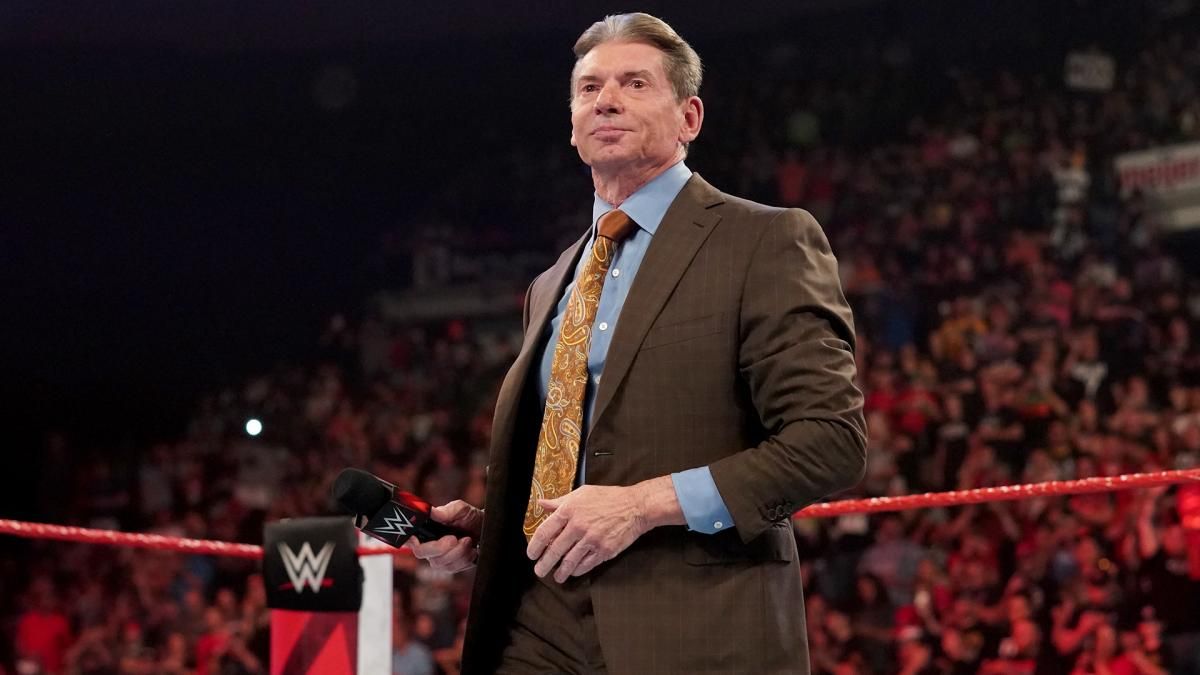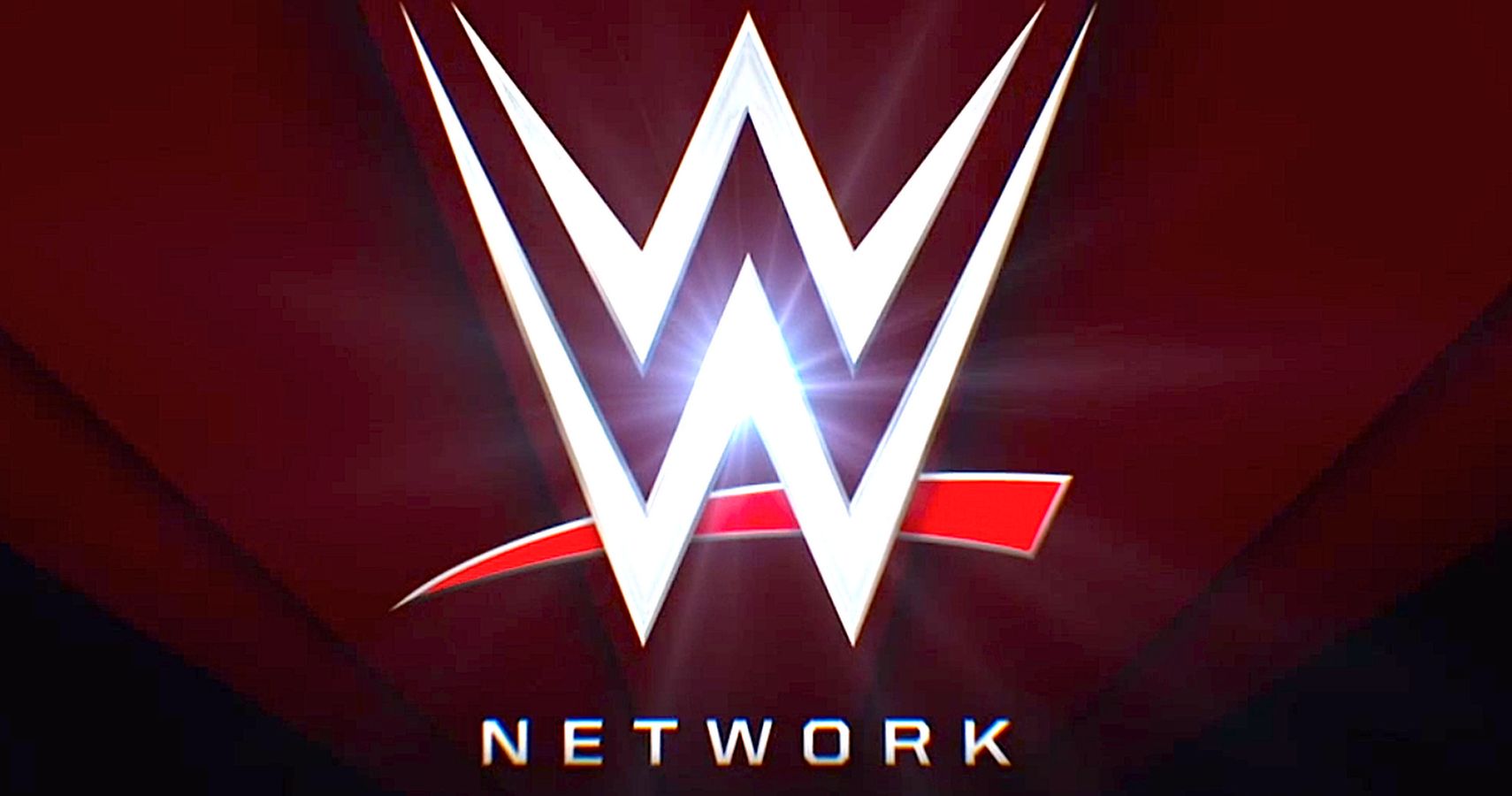ECW was brash, bold, and innovative. So when WWE announced plans to resurrect the brand hot off the heels of 2005's astonishing ECW One Night Stand event, fans were thrilled about the idea, believing it would serve as a gritty alternative to the increasingly advertiser-friendly WWE product.
And then...well, WWECW happened. To date, WWECW is lauded as one of WWE's most frustrating failed experiments and is responsible for some of the worst and downright weirdest moments in WWE history. But you might not know the whole story. Keep reading as we delve into 10 lesser-known facts about WWE's iteration of ECW and the company's second rise and fall.
10 The Idea Predated the Invasion Angle
By the time ECW shut down in 2001, WWE (then WWF) had spent years bankrolling Paul Heyman's vision. So to no one's surprise, WWE quickly snatched up the ECW library, presumably to release it on home video at a later date.
One of ECW's biggest supporters was a young Shane McMahon, who believed that WWE could easily retool the hardcore promotion and keep it running on WWE.com. While audiences would get to see the return of a few favorites during the Invasion angle, there's a good chance that Shane's vision for ECW would've kept most of the brand's signature styles intact.
9 A DVD Resurrected the Brand
Following the Invasion, WWE had hundreds of hours of ECW footage in its library, and nowhere to put it. Instead of letting the footage stagnate, the company released The Rise and Fall of ECW in November 2004.
Most people expected a sanitized version of ECW's history. However, the five-hour documentary was a surprisingly honest look at what made ECW tick, warts and all. Perhaps because of its brutal honesty, fans ate it up. To date, The Rise and Fall of ECW is one of WWE's most successful home video releases.
8 WWECW Was Never Intended to Replicate ECW
Anyone who watched 2005's ECW One Night Stand likely believed that the rebooted ECW would be dark, violent, and geared towards those who loved the original product. However, WWE executives had other ideas.
Around the same time, WWE began investing in OVW and later FCW, using the promotions as a way of training young talents and keeping legends in shape. So when word started spreading that ECW was coming back from the dead, WWE execs saw a chance to get younger talent ready for Raw and SmackDown. If the idea sounds familiar, you're not crazy. Essentially, WWECW was a prototype for NXT. All things considered, this wasn't a horrible idea. It's because of WWECW that we have stars like Kofi Kingston, CM Punk, John Morrison, and The Miz.
7 You Can Thank Syfy For Some Of The Worst Characters
WWECW had some characters so bad, the Gobbledy Gooker looks like Brock Lesnar in comparison. And though it's easy to laugh at the idea of Vince McMahon shouting about how over The Zombie would be, the ideas behind some of these characters made a lot of sense at the time.
Don't get us wrong, you won't see Big Dick Johnson get into the WWE Hall of Fame anytime soon. But at the time, WWE was looking to foster a relationship with the Syfy Channel, which is owned by NBC Universal, a company WWE worked with for years. To reach a new, sci-fi loving audience, WWE's head honchos decided it would be best to create original characters to appeal to the channel's existing audience. Suffice to say, most of these characters flopped, failing to capture either fanbase.
6 Kevin Thorn Was Pushed As The Next Undertaker
Of course, not every character created for WWECW was a lost cause. Kevin Fertig's Mordecai and Kevin Thorn characters are great examples. The former was a white-haired religious zealot loosely based on Fertig's real-life childhood as the son of a Southern Baptist preacher, while the latter was essentially a modern take on Gangrel, a vampire character from the '90s.
Both characters performed surprisingly well with audiences, with Thorn being part of WWECW, and caught Vince's attention. Reportedly, things went so well that Fertig was scheduled to run a program with The Undertaker, culminating at a match at WrestleMania. Plans fell apart, however, after Fertig got in a bar fight and was subsequently arrested.
5 WWECW Is Responsible For The Second-Lowest PPV Buyrate
December to Dismember 2006 will go down in history as one of the worst PPVs of all time. The show was a disaster from top to bottom, resulting in only 90,000 buys across the globe. For the record, the only show to perform worse from a financial standpoint is the 2016 iteration of WWE Fastlane.
It's hard to pinpoint just what went wrong with the PPV. Some people claim that Paul Heyman turned in the script just before the show went live, while others knock the lack of proper feuds. We'll hand it to them in one regard: they certainly captured that authentic ECW vibe when the crowd chanted "Bullshit" in unison as Heyman announced that Sabu's replacement would be Hardcore Holly.
4 Backstage Politics Often Caused Chaos
It wouldn't be ECW without some real-life heat, and boy was WWECW full of it. For starters, Paul Heyman and WWE producer Kevin Dunn repeatedly clashed, struggling to come to an agreement about the show's tone.
It wasn't just Heyman, though. Some performers on the roster weren't thrilled with the product, either. At one point, Tommy Dreamer used his WWE.com column to apologize to fans for the state of the product.
3 Kurt Angle's Real-Life Heat With ECW Never Went Away
From a professional standpoint, the mid-2000s were a great time for Kurt Angle. His in-ring clashes with greats like Eddie Guerrero and John Cena still hold up.
So when Angle was told he'd start appearing on ECW, he was less than thrilled. And not just because he saw it as a step down from the main roster. Angle's heat with ECW dates back to the superstar's appearance in 1996. Angle was so taken aback by what he witnessed, he promised to never work for the company. In his defense, crucifying The Sandman in barbed wire probably wasn't a great idea in the first place.
2 WWECW Technically Birthed The Wildcard Rule
What's the point of having three separate brands if you're just going to mix talent, you ask? That's a great question. And it's one we're still wondering, even in 2019 as Superstars permeate the invisible walls between the Raw and SmackDown rosters all the time.
WWECW featured matches between main roster superstars like Ric Flair, The Big Show, John Cena, and more. This is, of course, even though they had nothing to do with the ECW brand for the most part.
1 WWE Tested The Idea For The WWE Network With WWECW
Though the Network wouldn't launch until 2014, WWE had considered web-based programming dating back to the late '90s. Most ideas didn't stick but Vince and the crew decided to give it another shot as a means of furthering the ECW brand.
The result was Hardcore Hangover, which let fans download and stream episodes right from WWE.com. If you've never heard of Hardcore Hangover, you're not alone. Apparently, the download feature was mostly used outside of the United States in countries where ECW didn't air. Still, it was a cool idea for the time, especially since this was right before digital streaming gained popularity.

